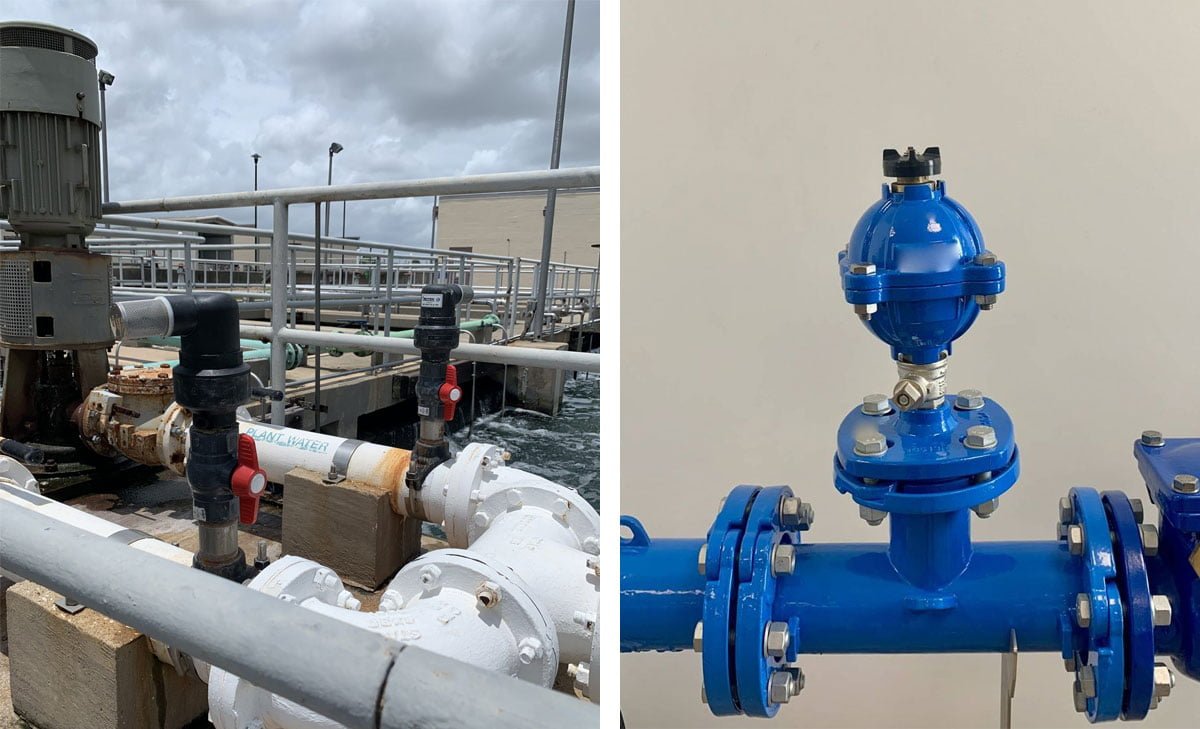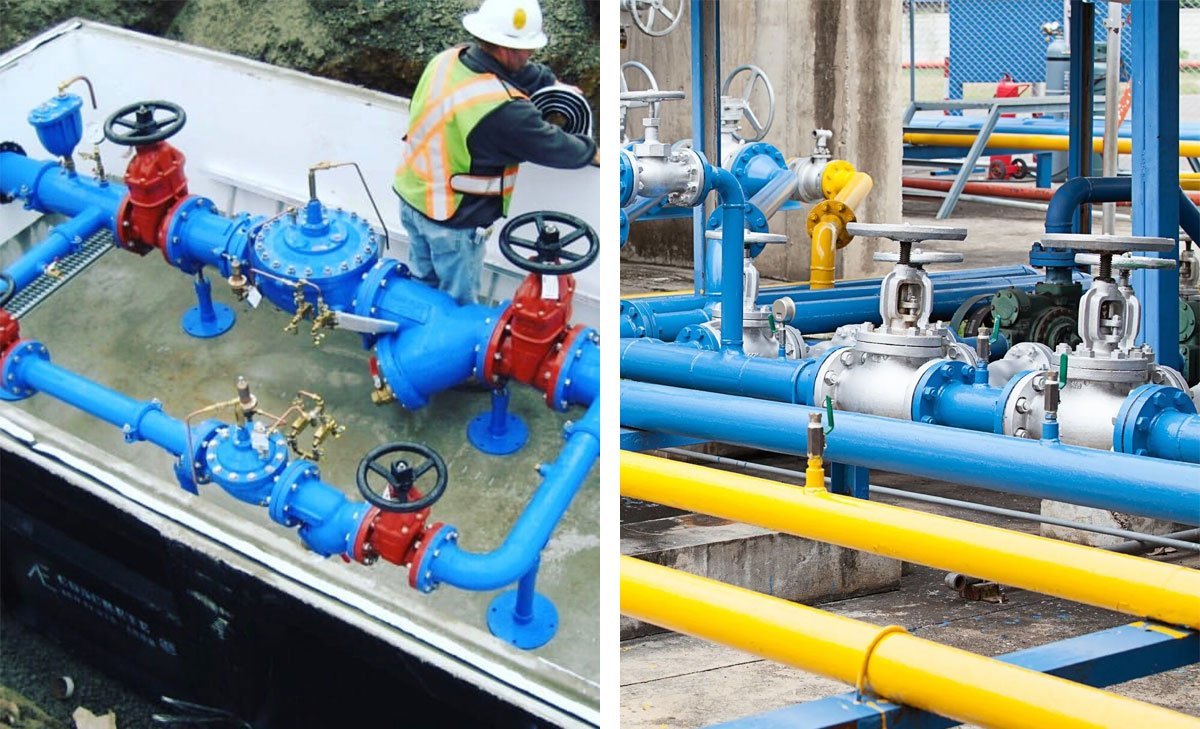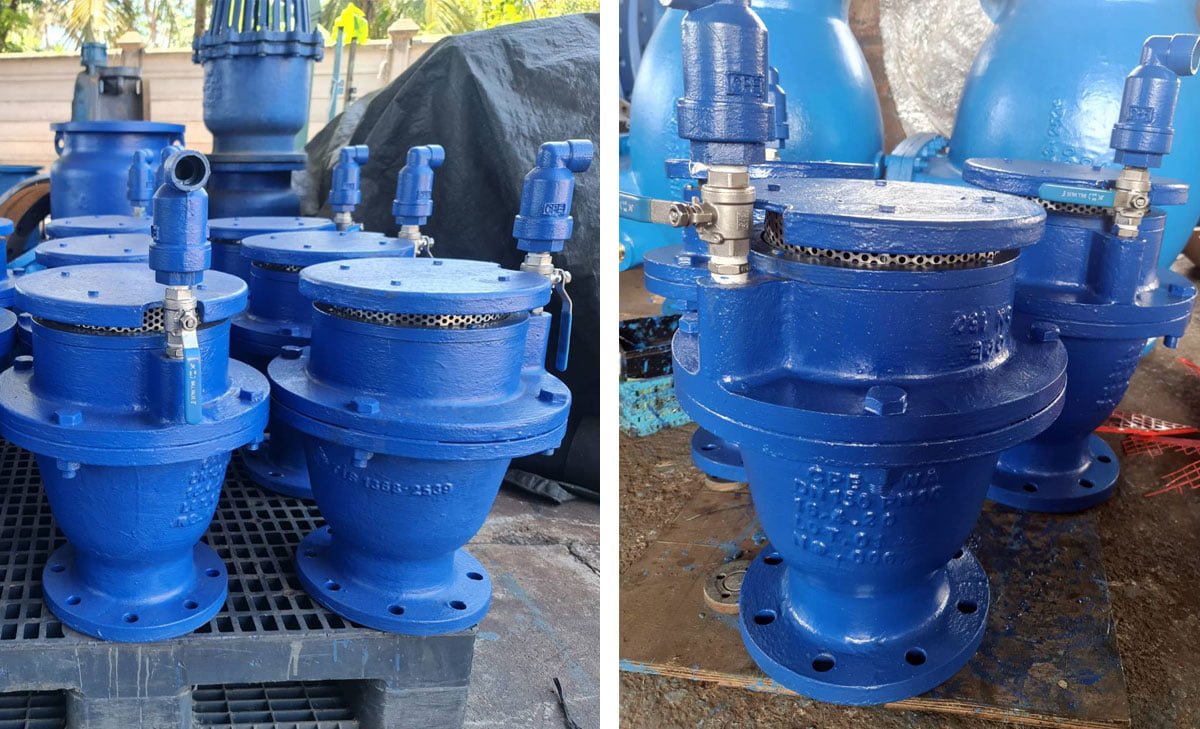The Significance of Air Release Valves in Water Distribution Systems
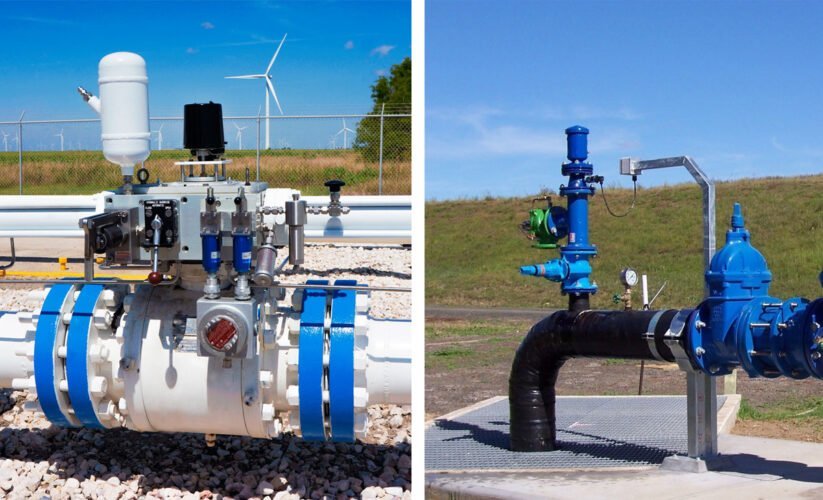
Table of Contents
ToggleThe Importance of Air Release Valves in Water Distribution Systems
The efficient operation of water distribution systems relies on the proper functioning of various components, including air release valves. These valves play a crucial role in maintaining the system’s integrity by preventing the accumulation of air, which can lead to performance issues and potential damage. In this blog post, we will delve into the significance of air release valves in water distribution systems and explore how they contribute to overall system efficiency and longevity.
Understanding Water Distribution Systems
Water distribution systems are essential for providing clean and safe water to communities, delivering water from treatment plants to individual households and businesses. These intricate networks consist of various components and mechanisms that work together to ensure a reliable supply of water.
Basic Components of Water Distribution Systems
The basic components of a water distribution system include pipes, valves, storage reservoirs, and pumping stations. Pipes are the primary conduits through which water flows, with different materials used based on factors such as water pressure, soil composition, and environmental conditions. Valves are strategically placed within the system to control the flow of water, isolate sections for maintenance, and regulate pressure.
Storage reservoirs act as a buffer, ensuring a continuous supply of water even during periods of high demand or system maintenance. Pumping stations utilize pumps to push water through the distribution network, maintaining adequate pressure and facilitating movement across various elevations.
Role of Water Pressure and Flow
Water pressure and flow are crucial aspects of water distribution systems. Pressure is the force that pushes water through the pipes, and it is maintained within a specific range to ensure optimal performance. Low pressure can lead to insufficient water supply, while high pressure can cause damage to pipes and appliances.
Flow, on the other hand, refers to the volume of water moving through the system per unit of time. It directly impacts the delivery of water to consumers and influences the overall efficiency of the distribution system. Understanding and managing water pressure and flow is vital for maintaining the functionality and integrity of the entire water distribution network.
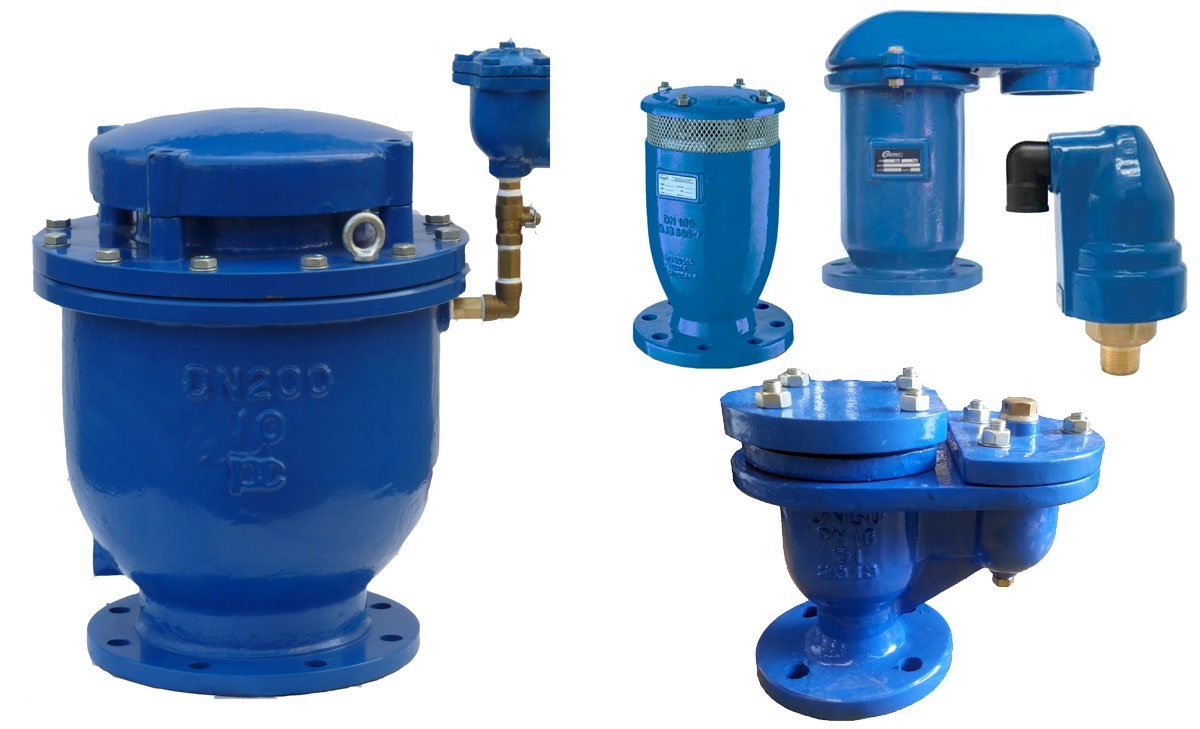
The Function of Air Release Valves
What is an Air Release Valve?
An air release valve, also known as an air vent, is an essential component of water distribution systems. Its primary role is to eliminate excess air that becomes trapped in pipelines, preventing air accumulation, which can impede the flow and efficiency of the system.
Definition and Types of Air Valves
Air release valves come in various types, including single-body air valves, combination air valves, and large orifice air valves. Each type is designed to address specific air release requirements based on the system’s characteristics. Single-body air valves are best suited for smaller air discharge capacities, while large orifice air valves are effective for high-capacity air discharge.
How Air Release Valves Work
When the system is in operation, air release valves automatically expel the accumulated air to maintain optimal performance. As water flows through the pipelines, air is displaced and rises to the highest points in the system, where air release valves are strategically placed. These valves open to release the trapped air, allowing it to escape and ensuring that water can flow freely without obstructions. This process contributes to the overall efficiency and longevity of the water distribution system.
Risks of Air Accumulation in Pipes
The accumulation of air in a water distribution system can have detrimental effects on both the water quality and the efficiency of the entire system. Here’s a closer look at the impacts of air accumulation on water quality and system efficiency, along with the potential damage it can cause to the infrastructure.
Impacts on Water Quality and System Efficiency
When air is allowed to accumulate within the pipes of a water distribution system, it can lead to a variety of issues affecting water quality and system efficiency. The presence of air pockets can create disturbances in the flow of water, resulting in reduced system efficiency and pressure irregularities. This can lead to inadequate water distribution and supply, impacting the overall functionality of the system.
Furthermore, air accumulation within the pipes can cause airlocks, which hinder the proper flow of water and result in trapped pockets of stagnant water. Stagnant water can become a breeding ground for bacteria and other contaminants, compromising the overall quality and safety of the water supply.
Potential Damage to the Infrastructure
In addition to the impact on water quality and system efficiency, air accumulation can also lead to potential damage to the infrastructure of the water distribution system. The presence of air pockets can cause increased pressure within the pipes, leading to issues such as water hammer and pipeline corrosion. These problems can compromise the structural integrity of the pipes, potentially resulting in leaks, bursts, or other forms of damage to the infrastructure.
Moreover, the accumulation of air can create high-velocity currents within the pipes, increasing the risk of erosion and wear on the internal surfaces. This can lead to the deterioration of the pipes over time, necessitating costly repairs and maintenance to ensure the long-term functionality of the water distribution system.
In summary, the risks associated with air accumulation in water distribution systems are multifaceted, impacting water quality, system efficiency, and the integrity of the infrastructure. Addressing these risks requires the implementation of effective air release valves to mitigate the potential damage and ensure the optimal performance of the entire system.
Benefits of Air Release Valves in Water Systems
Maintaining Water Pressure and Flow
Air release valves play a crucial role in maintaining optimal water pressure and flow within the distribution system. When air accumulates in pipelines, it can lead to pressure variations and water flow disruptions. This can impact the efficiency of water distribution, causing inadequate water supply to consumers. By effectively releasing trapped air, these valves ensure consistent pressure and uninterrupted flow, ultimately optimizing the performance of the entire water distribution network.
Protecting Against Water Hammer and Pipe Bursts
One of the key benefits of air release valves is their ability to safeguard the system against water hammer and potential pipe bursts. The accumulation of air pockets in pipelines can lead to the formation of water hammer, a hydraulic shock that occurs when the flow of water is suddenly halted or redirected. This phenomenon can exert significant stress on the pipes, potentially resulting in bursts and damaging the infrastructure. Air release valves mitigate this risk by expelling trapped air, reducing the likelihood of water hammer and subsequent pipe failures, thereby enhancing the overall reliability of the system.
Extending the Lifespan of Water Distribution Systems
By preventing air accumulation and the associated issues, air release valves contribute to the longevity of water distribution systems. The continuous presence of air in pipelines can lead to corrosion, deterioration, and structural damage over time, compromising the integrity of the entire network. Through the consistent removal of air, these valves help mitigate the potential for long-term degradation, thus extending the lifespan of the infrastructure and minimizing the need for costly repairs and replacements. This proactive approach to system maintenance ultimately leads to greater operational efficiency and sustainability.

Installation and Maintenance
How to Install Air Release Valve
Installing an air release valve in a water distribution system requires careful consideration of the system’s layout and the specific requirements for air release. The valve should be installed at high points in the system where air tends to accumulate. It should be mounted vertically to ensure efficient air release and prevent air locking. The installation process involves properly securing the valve to the pipeline while allowing for easy access for maintenance.
Where to Install Air Release Valves
Identifying the optimal locations for air release valve installation is crucial for ensuring optimal performance. These valves should be situated at high points in the distribution system, such as hilltops or elevated sections, where air pockets are likely to form. Additionally, they should be strategically placed near areas where water flow velocity changes, as the likelihood of air accumulation increases in these locations.
Proper Placement of Air Release Valves
The correct placement of air release valves is essential to prevent air accumulation and potential damage in the distribution system. By locating them at high points and other strategic locations, the valves can effectively expel entrapped air, maintaining system efficiency and minimizing the risk of air-related issues.
Routine Maintenance for Optimal Performance
Regular maintenance is vital to ensure the proper functioning of air release valves. This includes periodic inspections to detect any signs of wear or malfunction, as well as cleaning to prevent blockages. Additionally, it is crucial to monitor the valves for optimal air release and to address any issues promptly to prevent potential disruptions in the water distribution system.
Case Studies
Successful Implementation of Air Release Valves
In a case study conducted by a leading water utility company, the successful implementation of air release valves significantly improved the efficiency of their water distribution system. By strategically placing air release valves at high points in the pipeline, the company effectively minimized air accumulation, thereby reducing the potential for water hammer and corrosion. As a result, the overall performance of the water distribution system improved, leading to a reduction in maintenance costs and an extended lifespan of the infrastructure.
Lessons Learned from Water Distribution Failures
In another case study, a municipality experienced a significant water distribution failure due to inadequate air management in their system. The absence of air release valves caused air to accumulate within the pipelines, leading to frequent pipe bursts and water quality issues. Subsequent implementation of air release valves allowed the municipality to rectify the situation, mitigating the risk of further failures. This case study serves as a valuable lesson on the importance of proactive air management in water distribution systems, emphasizing the critical role of air release valves in preventing potential damage and ensuring system longevity.
Conclusion
In conclusion, air release valves play a crucial role in water distribution systems by effectively preventing air accumulation and potential damage. By efficiently releasing air and maintaining the proper pressure within the pipeline, these valves ensure optimal operating conditions. The consequences of air and vacuum accumulation in pipelines can lead to reduced pumping efficiency, pipeline corrosion, faulty metering and instrumentation devices, air hammer vibrations, and even catastrophic pipe failure. Therefore, the installation and proper maintenance of air release valves are essential for the overall integrity and functionality of water distribution systems.











